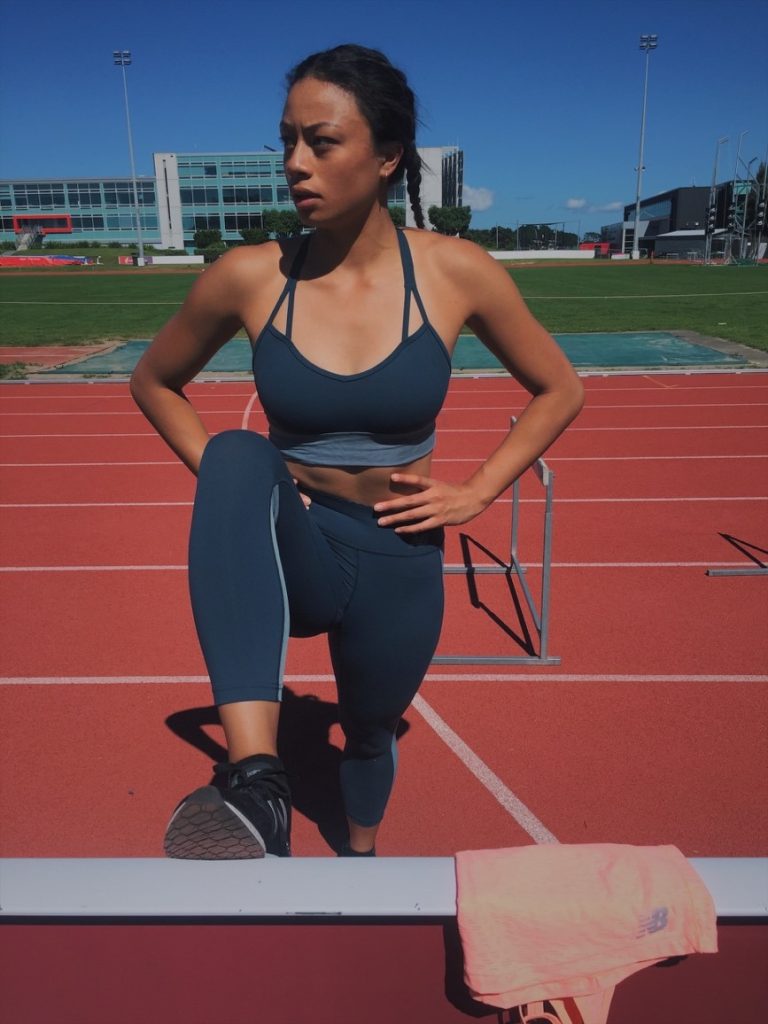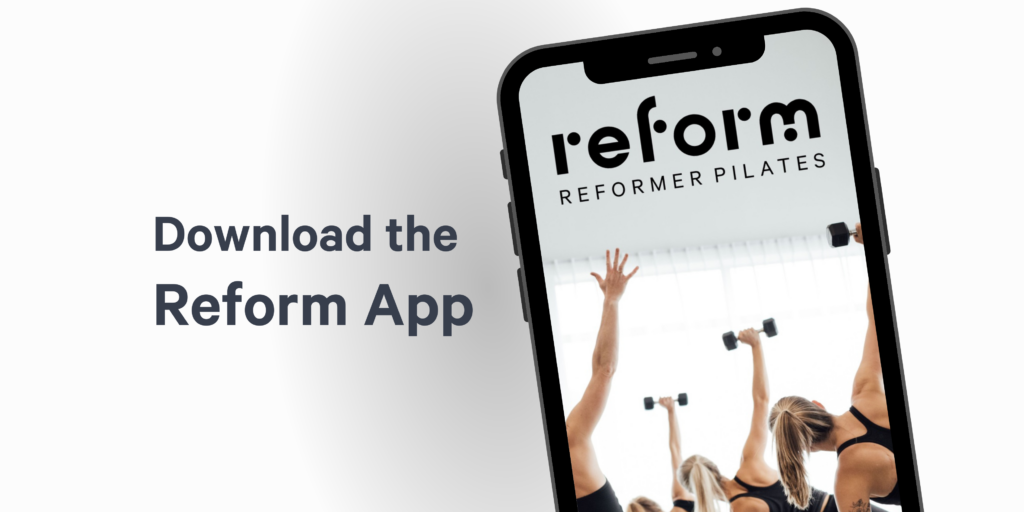This is Symone.
Symone is a National level sprint and sprint hurdle track athlete who, on the back of such recent success as representing New Zealand in the 2016 World Junior Championships in Poland, was in preparation to compete for a place on the New Zealand team at this year’s World University Games in Taiwan. Her entire 2017 season was planned, her prospects were looking good on the back of a strong 2016 and she had the World University Games, the NZ and Australian National Championships in her sights.
Then, in November of 2016 Symone injured her hamstring, putting her on the sidelines. In January 2017 she injured that same hamstring again. This time is wasn’t a strain, in her own words she felt ‘a sudden tearing sensation in her mid hamstring when exploding from the blocks.’ Her Doctor, renowned NZ sport & exercise Physician Dr. Mark Fulcher (currently the doctor for the All Whites, Football Ferns and Medical Director for Netball NZ), confirmed what was Symone’s worst fear when he diagnosed ‘a very significant injury involving the right biceps femoris (one of the hamstrings). There is an injury to the intratendinous part of the tendon, starting 4 cm below the ischial tuberosity. There is some separation with a 5 mm gap in the tendon and pronounced oedema extending for quite a significant length within the muscle’.
For a sprint athlete, it’s about a serious an injury as you can get.
So, on the back of a recommendation from another athlete at her club (who had come to classes at our Mt. Eden studio), Symone contacted us here at Reform. Here’s how we’ve been utilising our unique style of Reformer Pilates as an integral part of Symone’s strength, conditioning and rehabilitation programme:
Firstly, some anatomy……because how are you going to begin to rehab an injury to a muscle, joint or tissue you know nothing about? The four hamstrings muscles are: the biceps femoris (long head), the biceps femoris (short head), the semitendinosus, and the semimembranosus. The two biceps femoris muscles are located on the lateral (outside) part of the thigh. The semitendinosus and the semimembranosus are located on the medial (inside) part of the thigh.
One of the key early errors Trainers will often make in attempting to rehab or strengthen a hamstring is assuming the hamstring is primarily a knee flexor (contracts to bend lower leg at knee); this is a bit of a misnomer as the hamstring is actually the second most powerful hip extensor (straightening the leg at the hip), as well as a stabiliser of the knee.
Basic research will tell a Trainer, particularly when dealing with a sprint athlete, that the injury generally occurs just below the glute (bum) in the biceps femoris and the most common location is near the muscle-tendon junction. It’s known as proximal injury because it’s close to the origin of the muscle and it’s exactly what happened to Symone. As she sprints out of the blocks her hamstrings lengthen eccentrically and load with tension; as the ‘swing’ phase of her leg movement changes so the hamstrings shift from an eccentric movement (lengthening) to a concentric movement (shortening) with the tension loaded in the hamstrings being used to extend her hip and propel her down the track. It has been suggested that it is this rapid change from eccentric to concentric function where the muscle is most vulnerable to injury- which again, is exactly what happened to Symone. It was almost a textbook sprint injury.
So, what have we been doing to get Symone strong again and what should you do if you’ve injured your hamstring?
It’s relatively straight forward; we’ve done the hard part – we know what and where the injury is and we have enough anatomy, physiology and research skills to determine the role of the hamstring and other major muscles in hip extension……and there is the key….OTHER MAJOR MUSCLES. The hamstring does not act in isolation; if we have a tear or strain as a result of hip extension then we need to strengthen ALL the hip extensors – not just the hamstring. Train and load hip extension as a pattern not an isolated movement.
Which is why seated machine hamstring curls won’t cut it. If your trainer suggestd these than sack him or her.
There’s more – the hamstring is only a SUPPORTING muscle in hip extension. It is a role player (synergistic) to more important major players in the movement namely the glutes and adductor magnus (inner thighs, ring squeezes anyone?!!)…..in the words of esteemed Physical Therapist and Professor emeritis of Physical Therapy, Cell Biology and Physiology, Dr. Shirley Sahrmann:
‘When assessing the factors that contribute to an overuse syndrome (read: injury), one of the rules is to determine whether one or more of the synergists of the strained muscle is also weak. When the synergist is weak, the muscle strain is probably the result of excessive demands.’
There we have it. The hamstring crapped out because it was doing too much work for a ‘minor’ muscle in the movement due to the fact the ‘major’ muscles (glutes, adductors) were weak. Australian (forgive him) strength and conditioning speacialist Christian Woodford concurs: ‘Glutes, glutes, baby…..Everyone knows I love the posterior chain! The glutes are the POWERHOUSE of the athlete ..think jumping, sprinting & changing direction. Moreover strong glutes protect the hip, back, knee & you guessed it HAMSTRING!
Pretty conclusive. So we got Symone’s glutes strong.
We focused on eccentrically loaded stiff leg deadlifts, leg presses with varying foot positions to target glute max/med, hip circumduction, lunges, squats and Nordic curls. Traditional training tends to put all the focus on the concentric phase of the movement which seems a bit silly as studies have shown we are much stronger when lowering a load under tension/against gravity (e.g dropping into a deep squat) versus when muscles shorten against gravity/load (standing tall out of a deep squat). How so? Well, without getting too ‘sciencey’ concentric contractions can only make use of the active element within muscle fibers. In contrast, eccentric contractions can make use of both active and passive elements which basically makes them stronger and more efficient.
In addition to the eccentric training as described above we worked hard on getting her core strong (another fundamental strength requirement) as well as going to town on her adductors with the Pilates ring. All this work was performed, facilitated and made effective using the Reformer. There are other things to consider when dealing with hamstring injuries such as the condition of the athlete, their tolerance to fatigue and there skeletal make-up and posture….but that’s for another post.
Symone has now been dismissed as a patient by Dr. Mark Fulcher. He is satisfied that her recovery is complete and he no longer considers her in ‘rehab’. She has resumed full sprint training and, with an eye on top level competition next season, still visits our Mt. Eden studio for twice weekly sessions.
If you have been or are currently injured we can help you and if you see Symone at the 2020 Olympics in Tokyo then remember where you heard her name first.
Sources:
Boyle, Michael. Advances in Functional Training (Kindle Location 2648). On Target Publications. Kindle Edition.
Woods C, Hawkins RD, Maltby S, et al. The football association medical research programme: an audit of injuries in professional football: analysis of hamstring injuries. Br J Sports Med 2004;38:36–41
Drezner JA. Practical management: hamstring muscle injuries. Clin J Sport Med2003;13:48–52.
https://www.facebook.com/pg/woodfordsportscience/posts/?ref=page_internal
Why does eccentric training produce eccentric-specific strength gains? (strength is specific)





